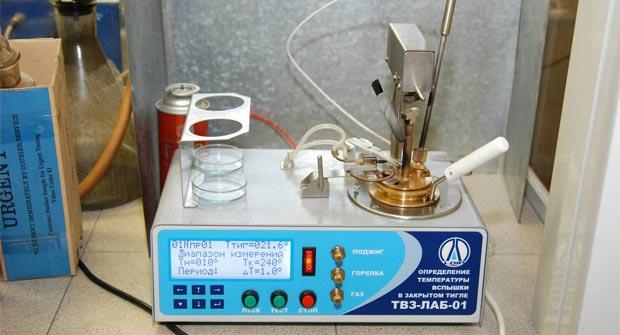
Flash point and boiling point of transformer oil
Content
General properties and functions of transformer oil
The oil must have the following properties:
- Excellent dielectric characteristics guaranteeing minimal power loss.
- High resistivity, which improves the insulation between the windings.
- High flash point and thermal stability to reduce evaporative loss.
- Long service life and excellent aging characteristics even under strong electrical loads.
- The absence of aggressive components in the composition (primarily sulfur), which provides protection against corrosion.
Purposes of application:
- Insulation between windings and other conductive parts of a transformer.
- Cooling of transformer parts.
- Prevention of oxidation of cellulose from the paper winding insulation.


There are two types of transformer oils: naphthenic and paraffinic. The differences between them are summarized in the table:
| Items for comparison | Petroleum oil | Paraffin oil |
| 1. | Low paraffin/wax content | High paraffin/wax content |
| 2. | The pour point of naphthenic oil is lower than that of paraffin oil | The pour point of paraffin oil is higher than that of naphthenic oil |
| 3. | Naphthenic oils oxidize more easily than paraffin oils. | Oxidation of paraffin oil is less than that of naphthenic |
| 4. | Oxidation products are oil soluble | Oxidation products are insoluble in oil |
| 5. | Oxidation of paraffin-based crude oil results in the formation of an insoluble precipitate which increases the viscosity. This leads to reduced heat transfer, overheating and reduced service life. | Although naphthenic oils are more easily oxidized than paraffin oils, the oxidation products are soluble in oil. |
| 6. | Naphthenic oils contain aromatic compounds that remain fluid at relatively low temperatures down to -40°C | — |

Flash point of transformer oil
This characteristic represents the minimum temperature at which the vaporization process begins.
The main functions of transformer oil are to insulate and cool the transformer. This oil is stable at high temperatures and has excellent electrical insulating properties. That is why such oils are used in transformers in order to isolate current-carrying parts under high voltage and to cool them.
The absence of load or unproductive load losses tend to increase the temperature of the transformer winding and the insulation around the winding. The increase in oil temperature is due to the removal of heat from the windings.


If the flash point of the oil is below the standard, then the oil evaporates, forming hydrocarbon gases inside the transformer tank. In this case, the Buchholz relay usually trips. It is a protective device that is installed in many designs of power electrical transformers, where an external oil reservoir is provided.
The usual flash point range for transformer oils is 135….145°C.
Boiling point of transformer oil
It depends on the chemical composition of the fractions. The boiling point of paraffin oil, made from components more stable to high temperatures, is about 530°C. Naphthenic oils boil at 425°C.
Thus, when choosing the composition of the cooling media, one should take into account the operating conditions of the transformer and its production characteristics, first of all, the duty cycle and power.


Watch this video on YouTube
